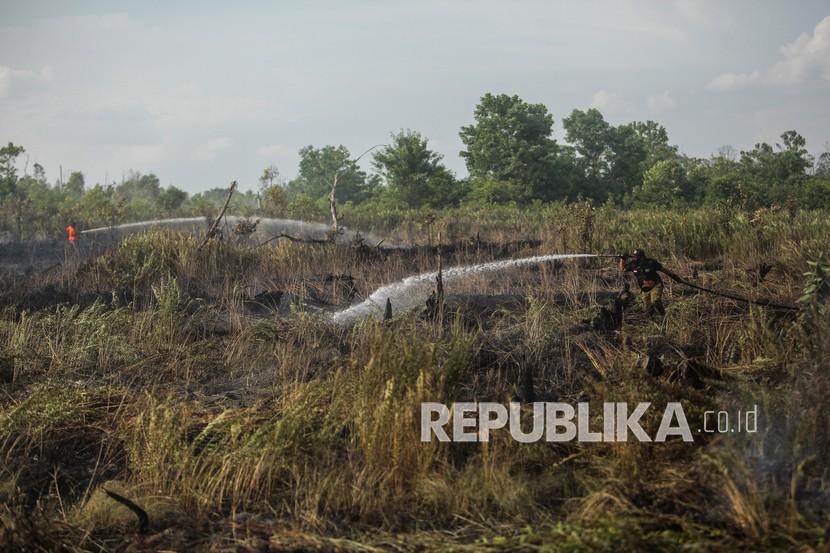REPUBLIKA.CO.ID, Ministry Of Environment And Forestry (KLHK) has set Indicative Termination Map 2021 1st Period (PIPPIB) of Granting Business Permit, Approval of Forest Use, or New Forest Area Change of Usage on Primary Forest and Peatlands for 66.182.094 ha area. The map is set based on PIPPIB 2020 2nd Period as well as accommodating latest data.
“Data changing happens because of some approval issued before Presidential Instruction 10/2011, update on licensing data, update on land data, some spatial change, survey result of peatlands, and the last is survey result of primary forest,” said Acting Director General of Forest Planology and Environmental Governance of KLHK, Ruandha A. Sugardiman, on Monday (22/3).
Ruandha emphasizes that the PIPPIB is aimed to lower the emission from deforestation and forest degradation. With the issuance of the Decree, every Governor and Mayor or Regent must use the PIPPIB as a guideline before granting recommendation and license of new location.
“Meanwhile, all instances under the exception of PIPPB must report to Ministry Of Environment And Forestry through Director General of Forest Planology and Environmental Governance every six months,” he said.
There are some exception in the regulation. It is given to the applicants that have been granted before the issuance of Presidential Instruction 10/2011 on the Postponement of Issuance of New License and Improving Governance of Primary Natural Forest and Peatland. Exception also applies to implementation of vital national building, license extension for business that obey sustainability requirements, and ecosystem restoration activity. Action on state defense and security is also under exception. Another exclusion is, in case of natural disaster, evacuation route or temporary shelter. Last exception is the setup of government center, national strategic project under Presidential Regulation, and supporting infrastructure of general safety.
The PIPPIB 2021 1st Period is based on Forestry Ministerial Decree of the Republic of Indonesia Number: SK 666/MENLHK-PKTL/IPSDH/PLA.1/2/2021. Because of the issuance of Law of the Republic of Indonesia No 11/2020 on Job Creation and Government Regulation No 23/2021 on Forestry Activities, the SK underwent adjustments on nomenclature.
Director of Inventory and Monitoring of Forest Resource of General Directory of PKTL, Belinda A. Margono, explained that the SK was named Determination of Indicative Termination Map of Granting New License for Primary Forest and Peatland. It is changed into Indicative Termination Map of Granting Business Permit, Approval of Forest Use, or New Forest Area Change of Usage on Primary Forest and Peatlands.
“The name is longer, but we still call it PIPPIB. So, this SK is not a new material. It is adjusted with the issuance of Laws on Job Creation,” she said.
Besides KLHK, the renewal of PIPPIB also involves other ministries/agencies, such as Cabinet Secretariat, Ministry of Agriculture, Ministry of Public Works and Housing, Ministry of Agrarian Affairs and Spatial Planning/National Land Agency, Ministry of Internal Affairs, and BIG. Meanwhile, the revision of PIPPIB also pays attention to spatial change, citizen’s input, renewal of licensing data, and physical surveys.


